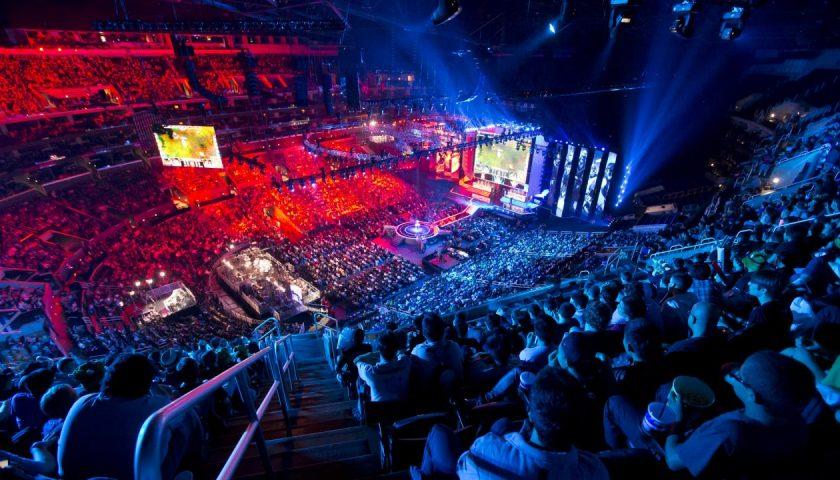I feel bad for esports — I pity them, to be more specific. It’s not that people tend to frown upon video games or don’t consider them sports or think that they’re for nerds: if you think about it, the mere concept of esports is self-defeating. By all means, they shouldn’t work. I’ll use League of Legends (LoL), which had over 14 million concurrent viewers during its 2015 World Championship finals, as an example.
Professional players are payed $12,500 for participating in the LoL Championship Series (LCS), provided by Riot Games, the owner of LoL, which adds up to $25,000 a year. Add in the extra $50,000 for coaches and teams are supplemented with $175,000 for an entire year — not a lot, since it’s split up between at least seven people. Winning the LCS tournaments earns a maximum of $50,000 for the team, but most teams don’t win and they struggle with sustaining themselves.
Even though LoL is currently the worlds most popular esport, it’s extremely difficult for teams to just stay afloat. Andy ‘Reginald’ Dinh, the owner of Team SoloMid, stated in an interview that most LoL teams actually lose money; covering the salaries and living costs of an entire team, its subs and its coaching staff costs way more than the stipend covers.
Naturally, as a team that consistently plays in front of hundreds of thousands of people, sponsorships help to subsidize costs. It’s not always that simple, though, especially for teams that don’t regularly win, aka most teams. Not only that, but teams that underperform are relegated from the LCS, meaning they can’t play LoL competitively anymore, anywhere.
As a sponsor, the idea of your entire investment suddenly being relegated and disappearing is frightening, but teams desperately need them to sustain themselves.
Something even more terrifying, though, is the fact that a team’s performance can drastically change in a single day. I’m referring to patches, or updates.
If you’re unfamiliar with these, pretty much all online multiplayer video games have consistent updates to remove bugs, add more content and generally balance and smoothen the gameplay — think of how phone apps are updated.
These patches can completely change the flow and direction of the game. Suddenly, strategies and tactics that worked well before become null and void. Sometimes, the very mechanics of a game change. Patches are necessary for a game to expand and remain relevant. However, they are also targeted at the majority, i.e., not professionals.
When major patches come out, casual players have to relearn the game. Professionals have to remaster the game, often in a short time span. And even though video games are generally considered to be fun, playing and concentrating for 10+ hours a day inevitably leads to player burn out.
Don’t get me wrong — all careers change over time. Tennis in 1950 is completely different from tennis now, from the clothes they wore, to the rackets they used, to the form they hit the ball with. Here’s where they diverge though: in tennis, the way the game is played changes and advances, whereas in esports the game itself changes. Not only that, but esports change much more rapidly and more drastically — LoL has had 17 patches in 2016 alone.
As a result, even a consistent team’s performance can fluctuate greatly, meaning that for sponsors, investing in a team isn’t ever completely safe. No matter how you look at it, that’s bad news for esports teams.
The odds are stacked overwhelmingly against esports, but they nonetheless exist and are even flourishing. Each year they grow bigger and bigger, and there’s no end in sight to their growth. The oxymoron of esports is mind boggling, but inspiring. It’s proof that even in our modern, capitalistic world, anything is possible. And it also shows how hopelessly obsessed we are with video games.






